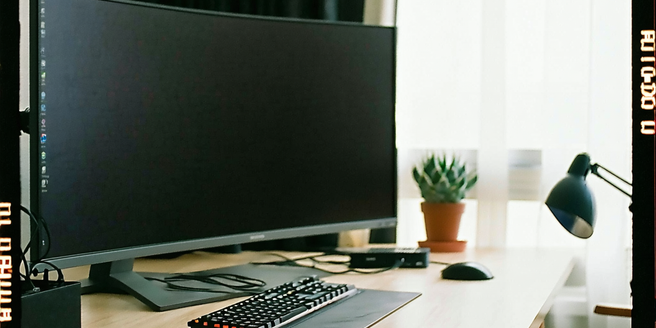Cable Management Solutions For Tidiness

Understanding the Importance of Cable Management
Cable management is crucial in both residential and professional environments. Properly organizing your cables prevents them from becoming a tangled mess, which can reduce the efficiency and lifespan of your devices. Moreover, neat cables contribute to a cleaner and more aesthetically pleasing space, reducing tripping hazards and fire risks. By implementing effective cable management strategies, you can enhance the functionality of your workspace. This not only improves productivity but also minimizes the stress associated with clutter. Moreover, having a clear understanding of your setup allows for easy troubleshooting and maintenance. Ultimately, investing time in managing your cables ensures a more reliable and secure environment, supporting both your technology and personal well-being.
Top Tools and Accessories for Organized Cables
To achieve optimal cable organization, a variety of tools and accessories can be employed. Cable ties, for instance, are essential for bundling multiple cables together, reducing clutter. Cable clips and mounts help in routing cables along walls or furniture, keeping them out of the way. Velcro straps offer a reusable and adjustable solution for managing cables behind desks or entertainment centers. Additionally, cable sleeves can bundle wires while providing a sleek appearance. Labeling devices and color-coded labels aid in identifying each cable, simplifying troubleshooting or reconfiguration tasks. Cable boxes or management trays hide power strips or excess cable lengths, offering a more refined look. Utilizing these tools effectively turns a chaotic environment into a streamlined, efficient workspace.
Step-by-Step Guide to Organizing Your Cables
Organizing cables effectively requires a systematic approach. Begin by unplugging all devices and untangling existing cables. Next, sort the cables by type and destination, which streamlines reconnecting them later. Use cable ties or Velcro straps to bundle similar cables together, ensuring ease of maintenance and future adjustments. Route these bundles neatly along walls or furniture using clips and mounts. Label each cable at both ends for quick identification. Employ cable sleeves for a tidy appearance in visible areas and use cable boxes to conceal power strips and adapters. Finally, ensure that the cables are not tightly stretched to avoid damage. Following these steps results in a professional, organized look while maintaining the functionality of your setup.
Innovative Cable Management Solutions for Home Offices
In home offices, innovative cable management solutions can significantly enhance organization and aesthetics. Magnetic cable holders keep essential cables within reach yet off the desk surface. Desk grommet power modules provide a convenient power source with minimal clutter. Under-desk cable management trays hold power strips and excess cable length out of sight, maintaining a clean desktop. Cord concealers or floor raceways extend cables across floors without tripping hazards. For adjustable standing desks, consider using cable management arms or retractable reels to accommodate movement. These inventive solutions not only maintain a tidy workspace but also promote productivity by reducing distractions caused by tangled cords.
DIY Tips for Managing Cables on a Budget
Managing cables on a budget can be both effective and creative. Start with household items like bread tags and twist ties to label and bundle cables. Toilet paper rolls can be repurposed as cable organizers, providing an eco-friendly storage solution. Use painter’s tape to discreetly attach cables to desk or wall surfaces, avoiding costly cable clips. For a DIY cable sleeve, repurpose an old sock by cutting off the toe and running cables through the remaining tube. Self-adhesive hooks or binder clips can guide cords along desk edges or keep them off floors. With these affordable techniques, anyone can achieve organized cabling without breaking the bank.
Maintenance Tips to Keep Your Cables Tidy
Maintaining tidy cables involves periodic checks and adjustments. Regularly dust and clean areas around cables to prevent dirt accumulation, which can deteriorate connections. Occasionally review your setup to ensure cables remain securely fastened with ties or clips, adjusting bundles as necessary to accommodate new equipment. Inspect cables for wear or damage, replacing frayed or broken ones promptly to prevent potential hazards. Keep a record of cable types and locations, simplifying future troubleshooting or upgrades. By dedicating time to these maintenance practices, you uphold an organized, efficient workspace that extends the life of your devices and reduces operational risks.